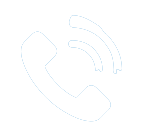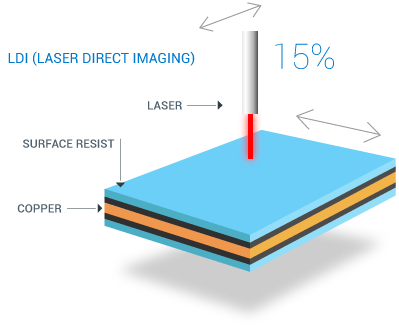
CALL US
(800) 348-9250

EMAIL US AT
support@pcbunlimited.com
In the world of PCB Manufacturing, it is important to stay as up-to-date as possible with industry trends. This is because, circuit boards are constantly evolving and getting more complex, due to miniaturization trends in the electronics industry. These changes have caused the traditional imaging process for HDI PCBs to provide inadequate results.
In response to new electronics tendencies, the PCB manufacturing industry has come up with a new imaging technique known as Laser Direct Imaging. Below you will find an introductory guide to this process.
When a circuit board is made, the imaging process is what defines the circuit traces. While the traditional imaging process requires a photo-tool and UV-light to transfer images, LDI only uses a computer-controlled, highly focused, laser beam to directly define the circuit pattern onto the board.
This process can be summed up in the following steps:

Using LDI to create the circuit traces gives the PCB manufacturers a lot of advantages, most of them pertaining to weaknesses of using a Photo-tool. Eliminating the need of a Photo-tool removes alignment issues, light refraction issues, and those imperfections related to environmental variations.
Also, with LDI, PCB factories can achieve the development of images that require more precision, and resolution, due to the computer's enhanced optical alignment, that automatically compensates distortion on the materials.
Changes to the required images, are also easier to achieve with LDI: with the traditional approach, the smallest mistake on the Photo-tool, required the factory to produce a new one, wasting time and money; however, with LDI, these changes became a matter of updating the design file, which can be done more consistently and cost-effectively.